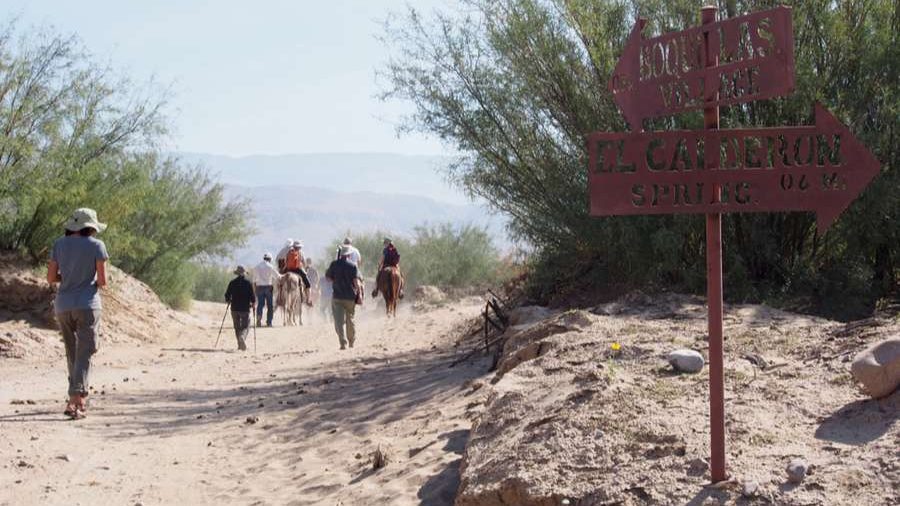The White House on Sunday finalized its quota of refugee admissions for the 2020 fiscal year, cutting the cap on U.S. refugee admissions to its lowest recorded level.
The White House said the fiscal year 2020 refugee cap of 18,000 “is justified by humanitarian concerns or is otherwise in the national interest.”
The Trump administration had originally announced the proposed refugee cap in September, saying that the State Department, Department of Homeland Security and the Department of Health and Human Services would subsequently consult Congress.
The cap of 18,000 refugees is 40% lower than the quota of 30,000 refugees for FY 2019, which was a 33% drop from the FY 2018 limit of 45,000 refugees.
For the fiscal year 2017, the Obama administration set the ceiling at accepting 110,000 refugees, but the Trump administration halted the resettlement program for security concerns, ultimately admitting only 53,716 refugees for that fiscal year.
The U.S. Conference of Catholic Bishops has criticized the proposed cuts to refugee admissions, saying that the U.S. can and should resettle more refugees at a time when 70 million people around the world have been forcibly displaced from their homes, according to the UN.
“We are currently in the midst of the world’s greatest forced displacement crisis on record, and for our nation, which leads by example, to lower the number of refugee admissions for those who are in need is unacceptable,” Bishop Joe Vasquez of Austin, chair of the USCCB migration committee, stated on Sept. 27 after the proposed cap was announced.
Bishop Vasquez had previously called for a return to resettlement quotas of 95,000 refugees.
For 2020, the administration has also announced other changes to refugee admissions, and will accept quotas of refugees by category instead of by world region.
The U.S. will accept up to 5,000 refugees with a “well-founded fear” of religious persecution or who are eligible for resettlement under the Lautenberg and Specter Amendments, in FY 2020. Those amendments provided for resettlement of individuals from the former Soviet Union, Indochina, and Iran with a well-founded fear of persecution, though not necessarily on an individual basis, and who required less proof of persecution.
In 2020, the U.S. will accept up to 4,000 “Iraqi P2s,” Iraqi nationals who have helped the United States.
The administration will accept up to 1,500 nationals or “habitual residents” from El Salvador, Guatemala, or Honduras, the “Northern Triangle” of countries in Central America which have some of the highest murder rates in the world, and from whence come many of the unaccompanied minors who have traveled to the U.S.-Mexico border. The 1,500 will not include those otherwise eligible for asylum claims.
Other categories of refugees include referrals from U.S. embassies, cases of family reunification, and up to 7,500 who were in “ready for departure” status in the refugee resettlement program as of September 30.
Secretary of State Mike Pompeo cited concerns over a backlog of asylum cases on the U.S.-Mexico border that relate to more than one million individuals.
“America’s support for refugees and other displaced people extends well beyond our immigration system,” he said. “Addressing the core problems that drive refugees away from their homes helps more people more rapidly than resettling them in the United States.”
In the fiscal year 2016, the Obama administration accepted around 85,000 refugees and planned to accept 110,000 refugees in 2017. Since the 2001 terrorist attacks, the annual cap on refugee admissions had been set at, or slightly higher than, 70,000, before the Obama administration increased the cap for FY 2016 and 2017.

